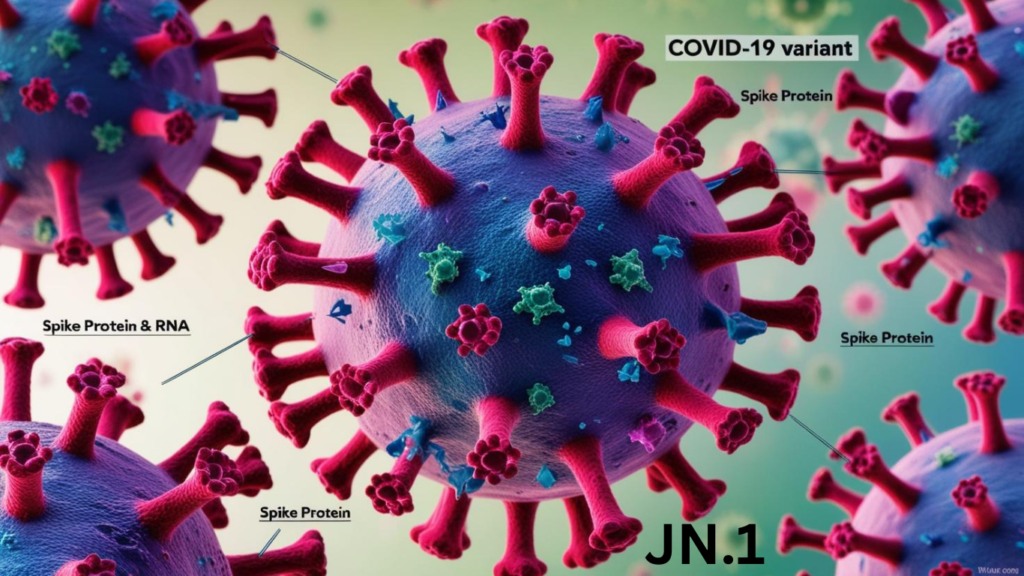
As the world continues to adapt to the evolving landscape of COVID-19, a new variant has emerged—JN.1. First identified in late 2023, JN.1 is a subvariant of the Omicron lineage, specifically descended from the BA.2.86 (also known as “Pirola”) variant. While much remains under investigation, health officials and scientists are closely monitoring JN.1 due to its unique genetic mutations and potential public health impact.
What makes JN.1 different?
JN.1 has several spike protein mutations that set it apart from earlier variants. These changes may affect how the virus attaches to human cells and how effectively it evades existing immunity from vaccination or past infection. Although it shares ancestry with BA.2.86, JN.1 has evolved additional features that may contribute to increased infectivity
Is JN.1 more dangerous?
So far, there is no evidence that JN.1 causes more severe disease than previous Omicron variants. Most cases have been mild to moderate, especially in vaccinated people. However, as with any new variant, the full picture of its clinical effects will become clearer with time and extensive data collection.
How widespread is it?
JN.1 has been detected in several countries, including the United States, the United Kingdom, and parts of Asia. Its rapid spread in some regions has led the World Health Organization (WHO) to designate it a “variant of interest.” This classification indicates that the variant may pose a risk of infection, but it has not yet been confirmed that it poses a greater risk in terms of severity or vaccine resistance.
Should you be worried?
While JN.1 is on the radar of global health agencies, basic preventive measures remain unchanged:
* Stay up to date with COVID-19 vaccinations and booster shots.
* Practice good hygiene, including regular hand washing.
* Wear a mask in crowded or high-risk places.
* Stay home if you feel unwell and get tested if you develop symptoms.